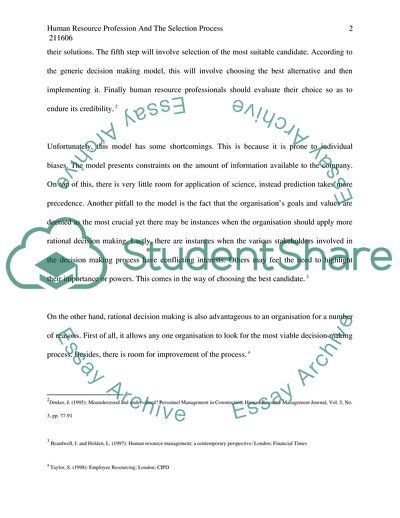Cite this document
(The Job of the Human Resource Professional Essay, n.d.)
The Job of the Human Resource Professional Essay. https://studentshare.org/human-resources/1712566-is-it-the-job-of-the-human-resource-professional-to-design-a-selection-process-that-yelds-the-best-information-about-a-candidates-skills-aptitudes-strength
The Job of the Human Resource Professional Essay. https://studentshare.org/human-resources/1712566-is-it-the-job-of-the-human-resource-professional-to-design-a-selection-process-that-yelds-the-best-information-about-a-candidates-skills-aptitudes-strength
(The Job of the Human Resource Professional Essay)
The Job of the Human Resource Professional Essay. https://studentshare.org/human-resources/1712566-is-it-the-job-of-the-human-resource-professional-to-design-a-selection-process-that-yelds-the-best-information-about-a-candidates-skills-aptitudes-strength.
The Job of the Human Resource Professional Essay. https://studentshare.org/human-resources/1712566-is-it-the-job-of-the-human-resource-professional-to-design-a-selection-process-that-yelds-the-best-information-about-a-candidates-skills-aptitudes-strength.
“The Job of the Human Resource Professional Essay”. https://studentshare.org/human-resources/1712566-is-it-the-job-of-the-human-resource-professional-to-design-a-selection-process-that-yelds-the-best-information-about-a-candidates-skills-aptitudes-strength.


